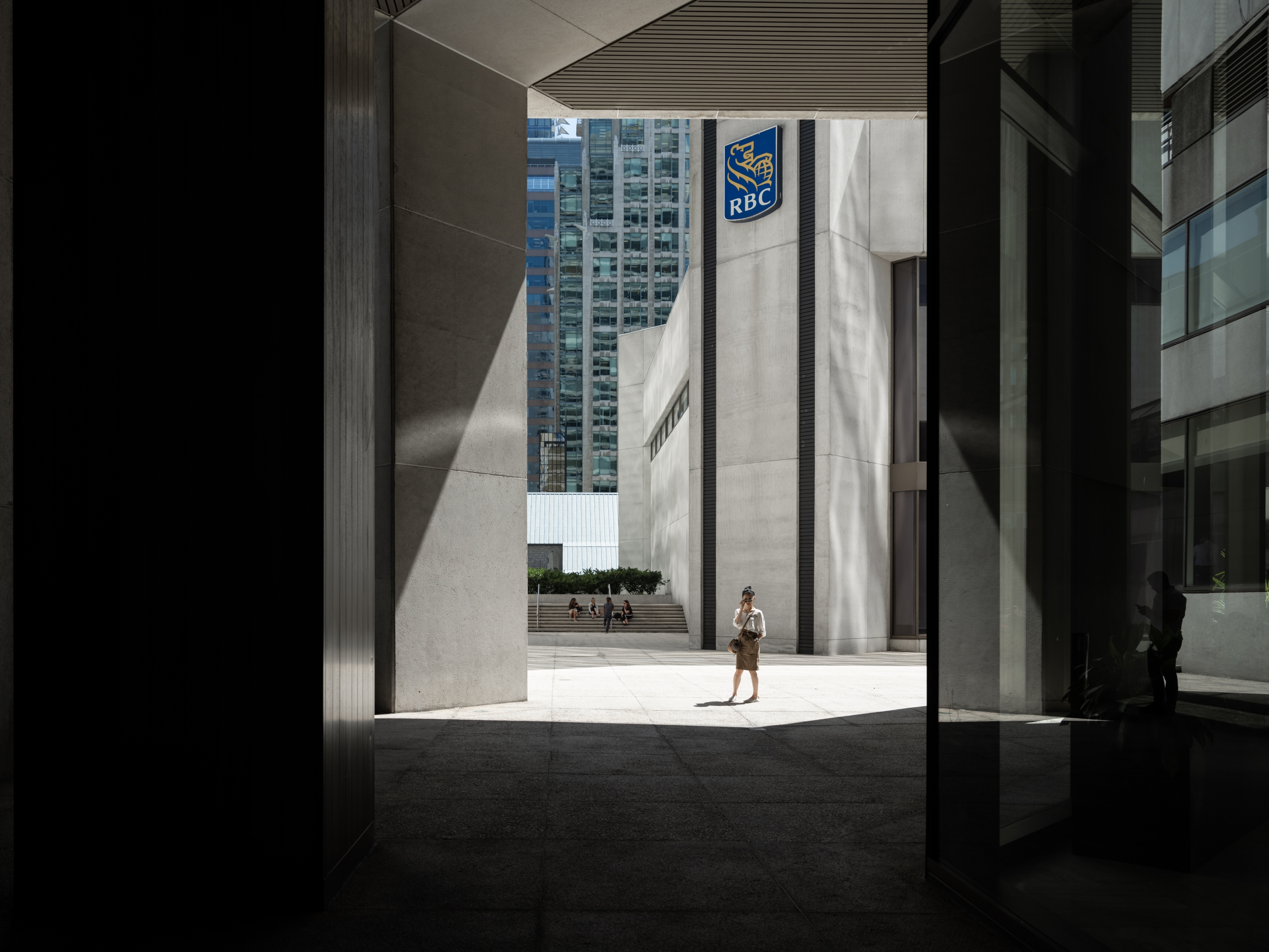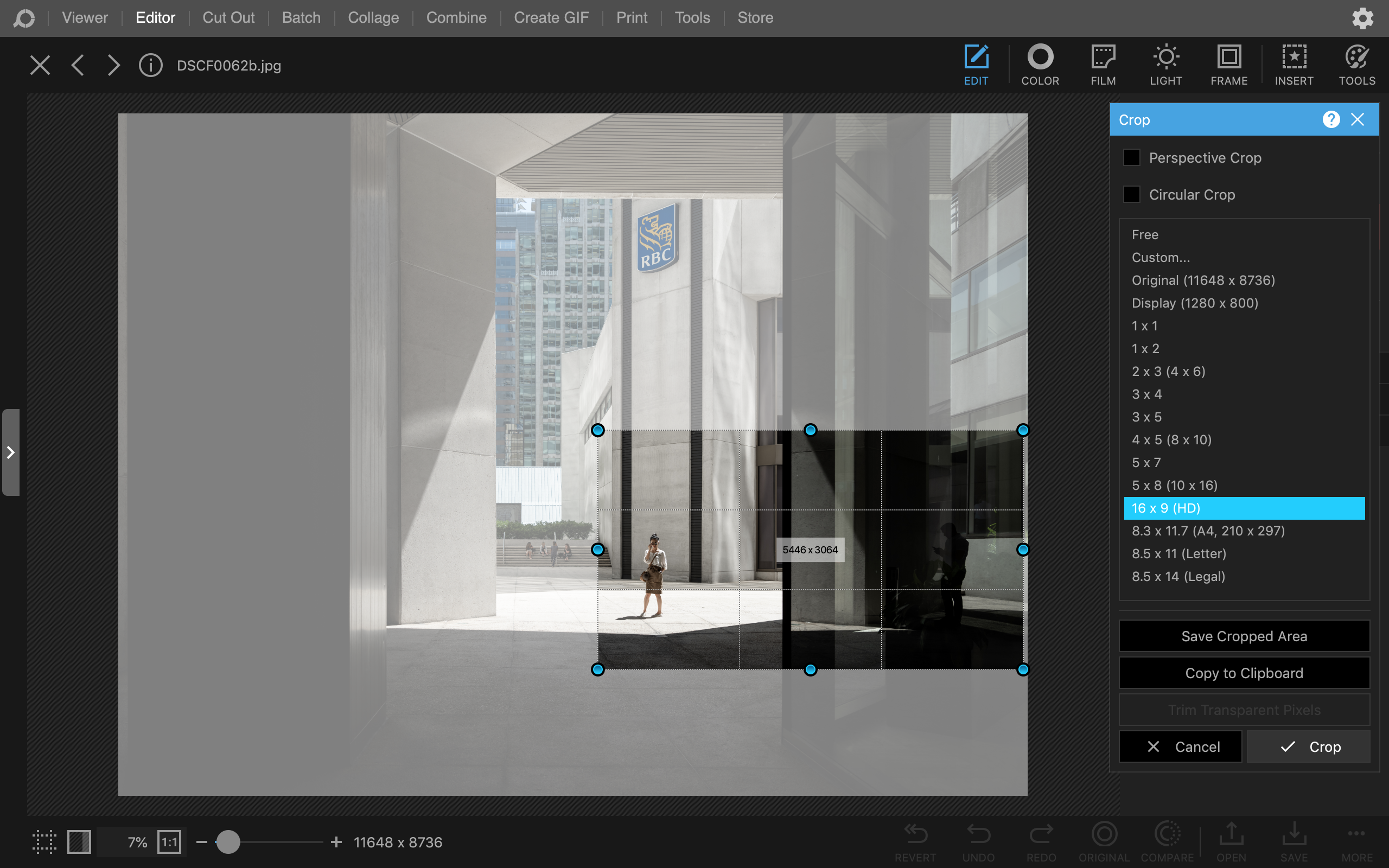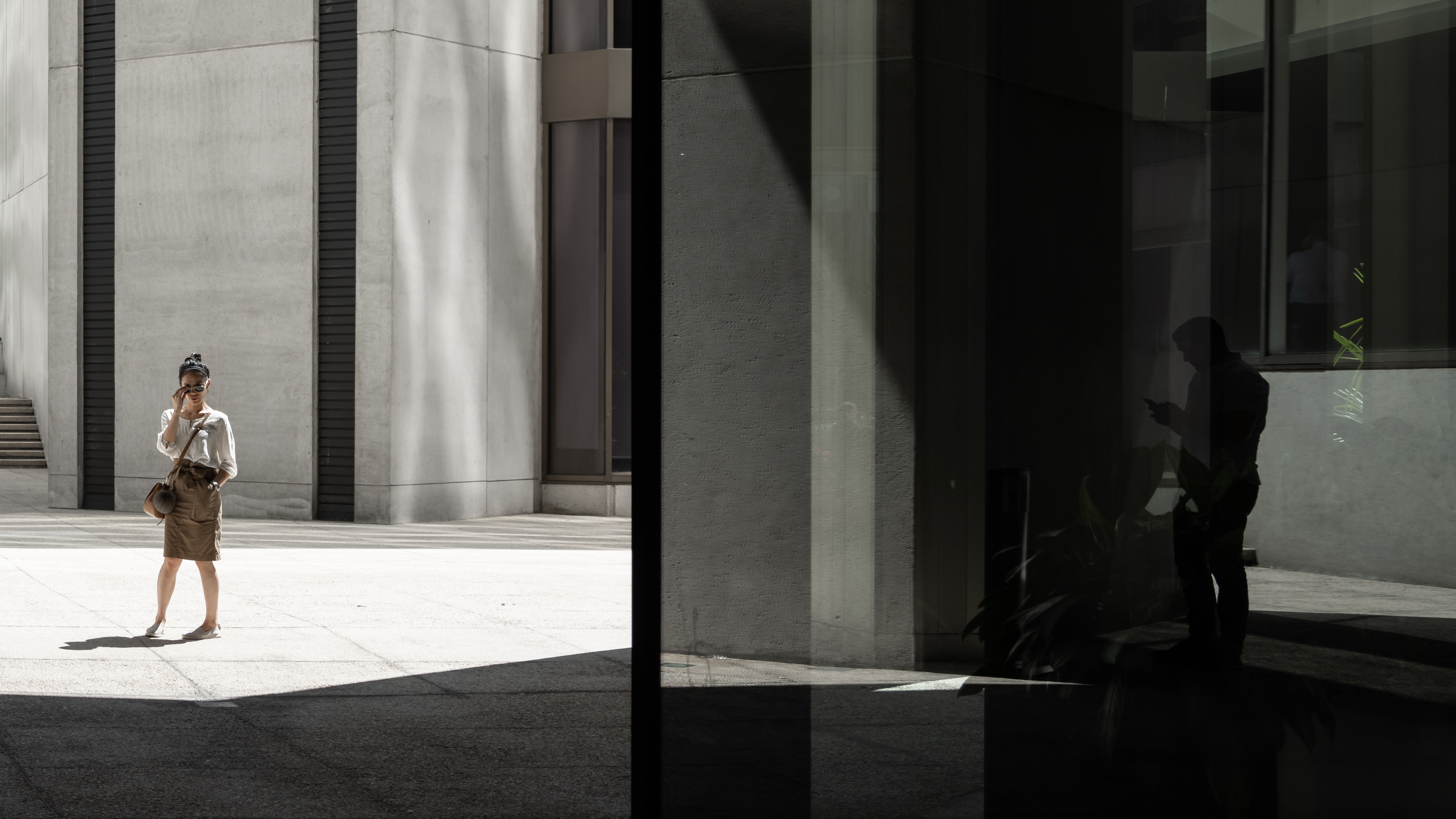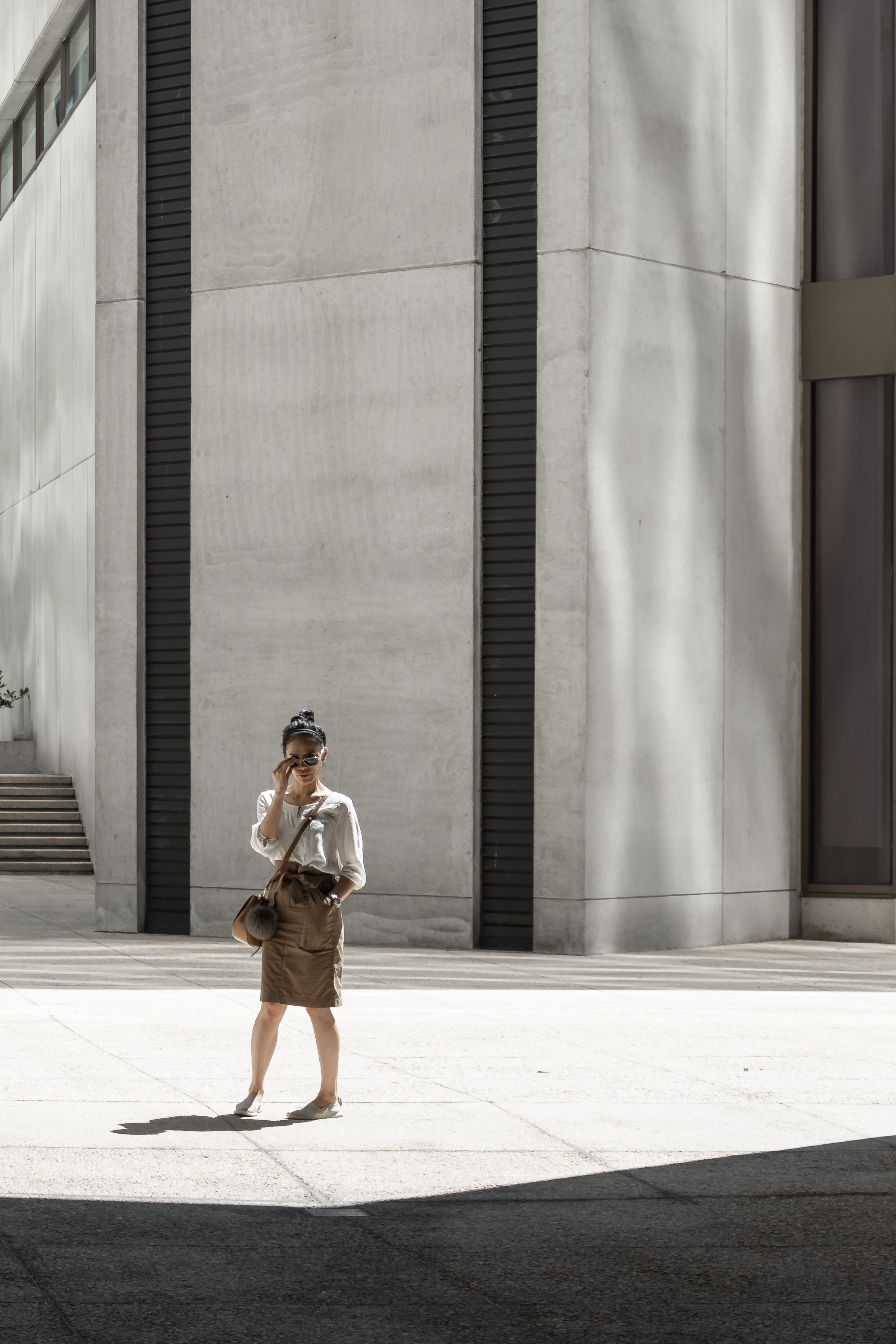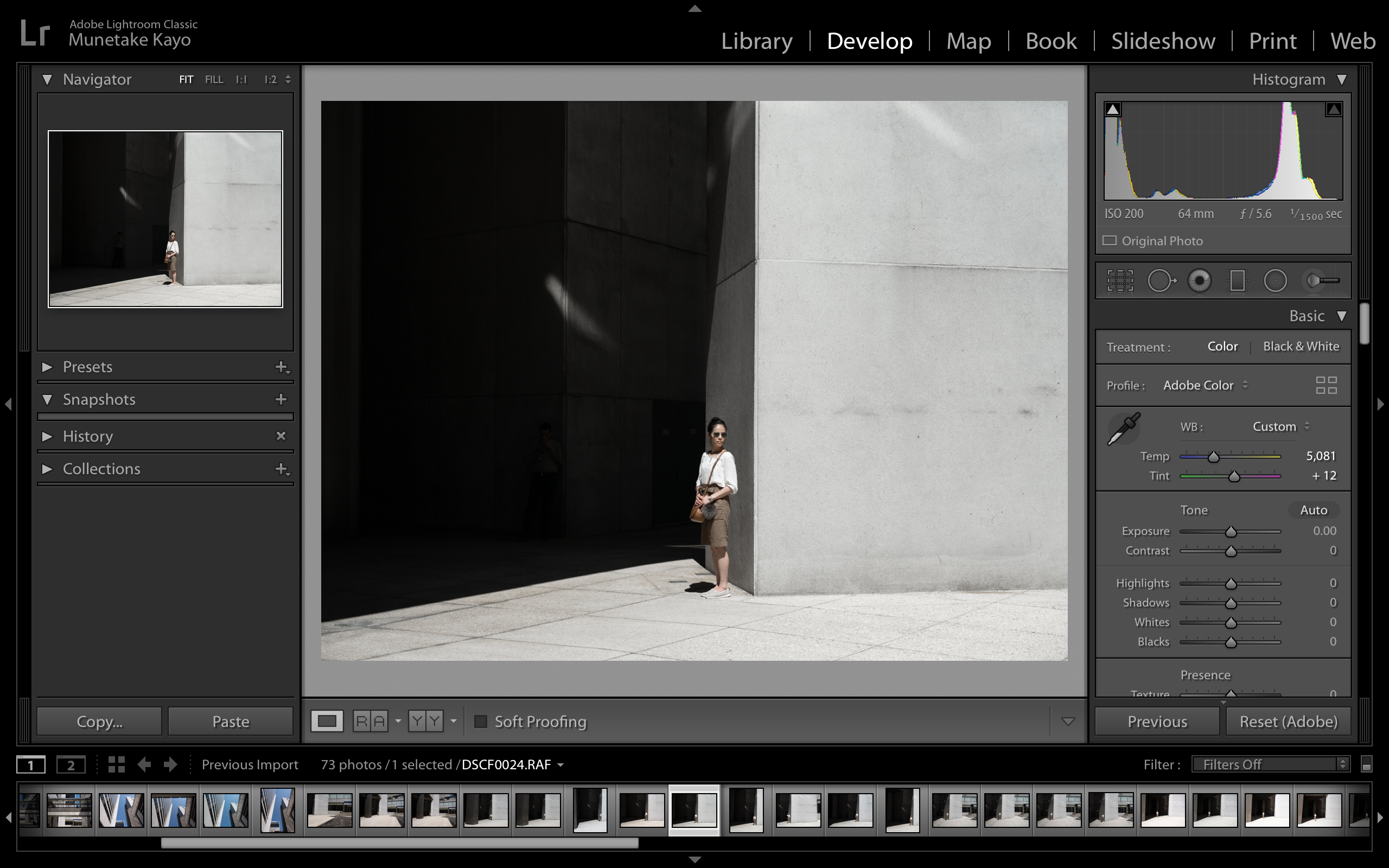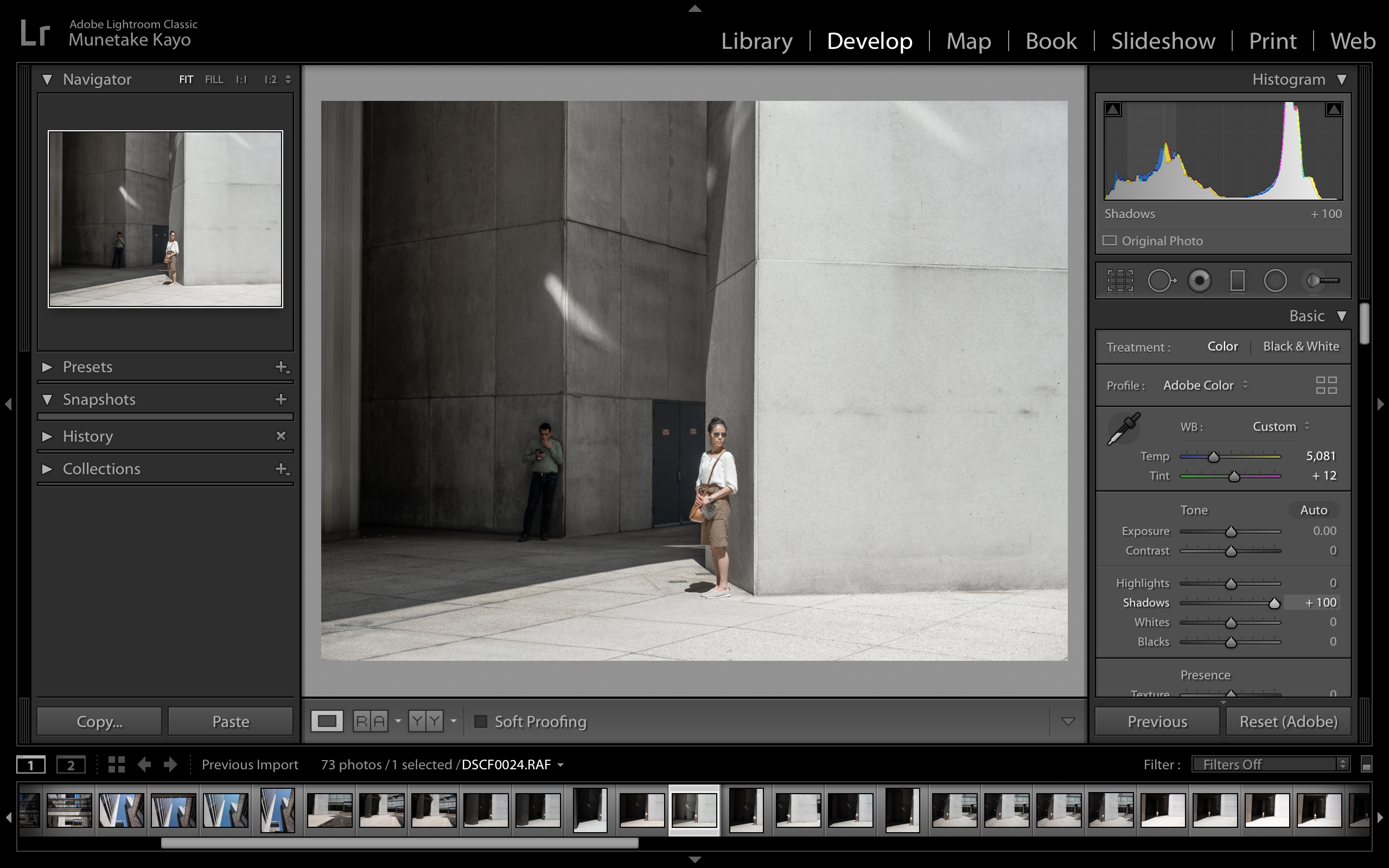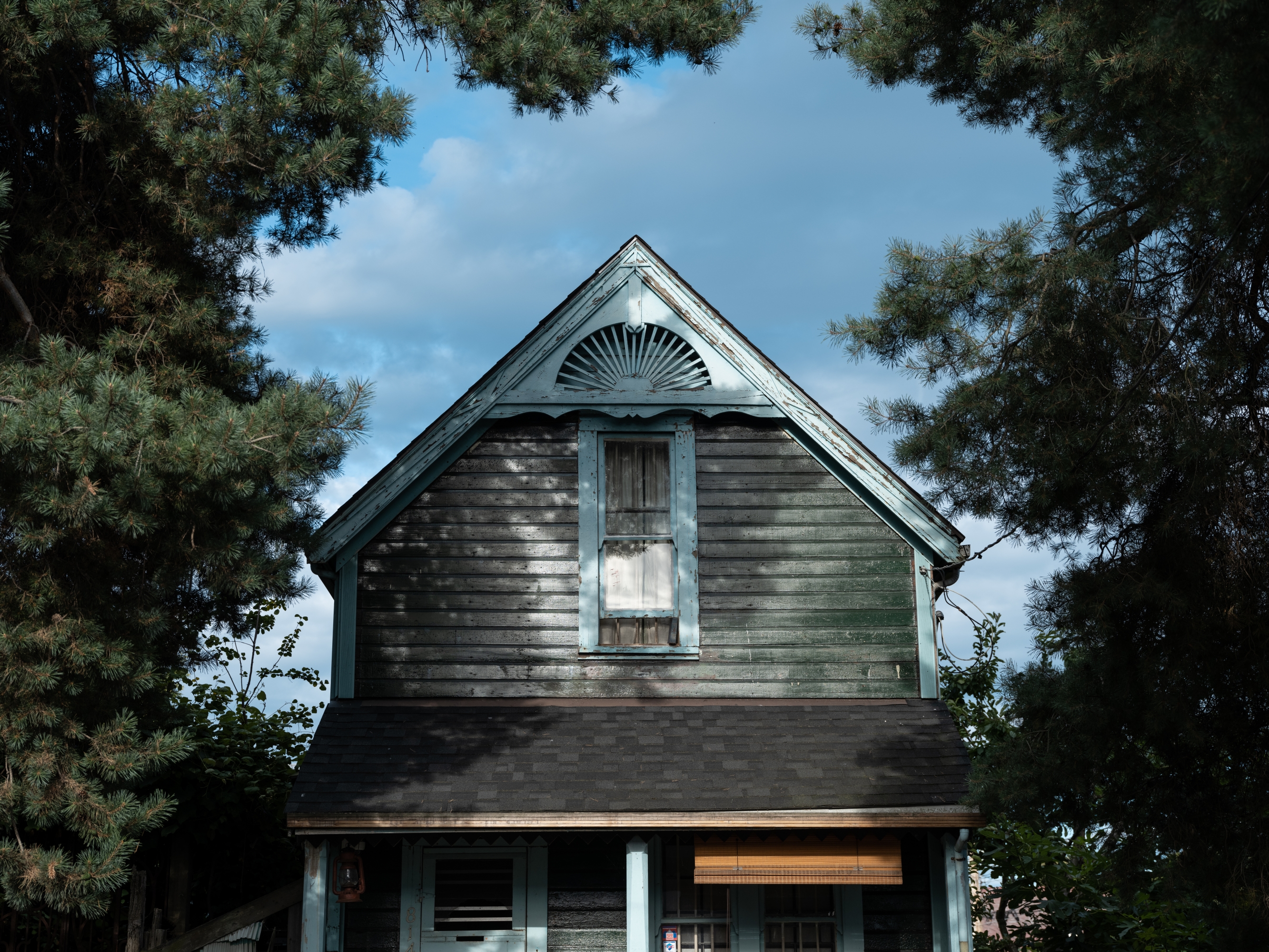When the Porsche 959 debuted in 1985, the $225,000 price tag was less than half of what it actually cost them to produce. Why would any company knowingly create a product that they will lose money on? One reason is for PR, bragging rights to having the fastest and most technologically advanced car in the world. The second and more important reason is that it was an exercise in innovation and technology for Porsche’s engineers. What they learned from creating the 959 allowed Porsche to apply the new technology to future cars, such as computer controlled all-wheel drive, twin turbo chargers, hydraulic suspension, water-cooled engine heads, advanced aerodynamic design with the use of aluminum and kevlar, and the list goes on. Even though the average Porsche buyer would never own a 959 (there was an application process to buy one of only 200 for sale), every future Porsche owner would benefit from the technology that was developed during the 959 project.
Something similar is happening today with Fujifilm’s digital medium format system, specifically the GFX 100. Even if you never plan on buying the latest and greatest from Fujifilm, all of us should be excited about the GFX 100 and all the new technology that’s packed inside.
When I first saw the specifications on the new GFX 100, I didn’t know what to think. Did I need 100MP images and deal with the 200MB uncompressed RAF files? Why does this medium format camera have all these advanced video features? How effective is IBIS on this big and heavy camera? Who is this $10,000 digital medium format camera for?
With all these questions in the back of my mind, I went to a local Fujifilm event that was specifically targeting professional photographers to give the new GFX 100 a serious try. Many who came out were commercial photographers, all excited about the potential of having a camera capable of 100MP images. I can definitely see the advantage for commercial photographers wanting as many pixels on the largest sensor possible.
However, with more pixels comes larger file sizes, affecting your workflow from start to finish. As previously mentioned, the uncompressed RAW files are huge, filling up 64GB memory cards quickly, as well as slowing down your ingestion, editing and post-processing workflow. If I happen to upgrade to this camera, I would need to buy new memory cards (I recommend SDXC UHS-II 128GB 150MB/s), new hard drives and a new computer. This all sounds very negative but this is the reality of upgrading to a 100MP digital medium format camera.
The reward is having images that are 11,648px x 8736px in size. I understand that most of us don’t need images this large, myself included. However, since I could photograph at this resolution, why wouldn’t I right? Why did people shoot medium or large format back in the film days when most could get away with 35mm film? When it comes to architectural or landscape images, there is a definite advantage shooting with a larger sensor with more pixels. Since the scene has so much detail, it’s nice knowing that you can get as much detail as you want, allowing for enlargements or even cropping in the future. Some may argue that they never crop, but understand that in the future you may decide to use an image differently, and having all that extra resolution allows you to crop and still have a high resolution image. As an example, the highly cropped 65:24mm aspect ratio on the GFX 100 allows for a 11,648px x 4304px image, which still works out to a 50MP image, almost twice the resolution of the current APS-C X Series cameras.
Having a larger sensor also allows for better high ISO performance and dynamic range. With the help of IBIS (In-body Image Stabilization), the GFX 100 has opened up new ways to shoot with a high resolution medium format camera. To resolve images at this high resolution, it was unheard of to capture these types of images without the use of a tripod at low shutter speeds, or higher shutter speeds but at higher ISO as well. Again, this may not be something that many of us need in our type of photography, but having the option to shoot at slower shutter speeds or higher ISO with minimum effect on the final image might come in handy when shooting in tricky lighting situations.
As you can see by my images, I was shooting with the GFX 100 like I would with a regular X Series camera. However, it doesn’t feel like shooting with a ‘regular’ camera. Although the resolution, image quality, dynamic range, stabilization, sharpness and micro-contrast is next-level compared to the X Series, there is a price to pay. I’ve already mentioned price and the size of the files, but the physical size is also something to consider. The GFX 50S was large, but the GFX 100 is huge compared to something like a X100F. None of my regular camera bags could house the GFX 100. The only way to get it into my largest bag was to remove the EVF and lens, and I also had to upgrade to a DSLR type strap. None of my hipster mirrorless/rangefinder straps would work properly. With the GFX 100 and GF 32-64mm lens attached, I was carrying 2.3KG or about 5lbs around my neck!! When my neck was tired, I would carry the camera in hand and then my hands started to hurt. Remember that the GFX 100 is about the same size as the top end DSLR offerings from Nikon and Canon, so some of you will already be use to the size and weight of this camera.
In the end, my conclusion is that this camera is not good as a casual walk-around camera. If you have a specific image you’re after and want the most resolution, this camera is great. For everything else, I suggest the GFX 50R if you really want to shoot medium format as your EDC digital camera. For the rest of us mortals, the X Series is more than enough for daily wandering and shooting on the streets.
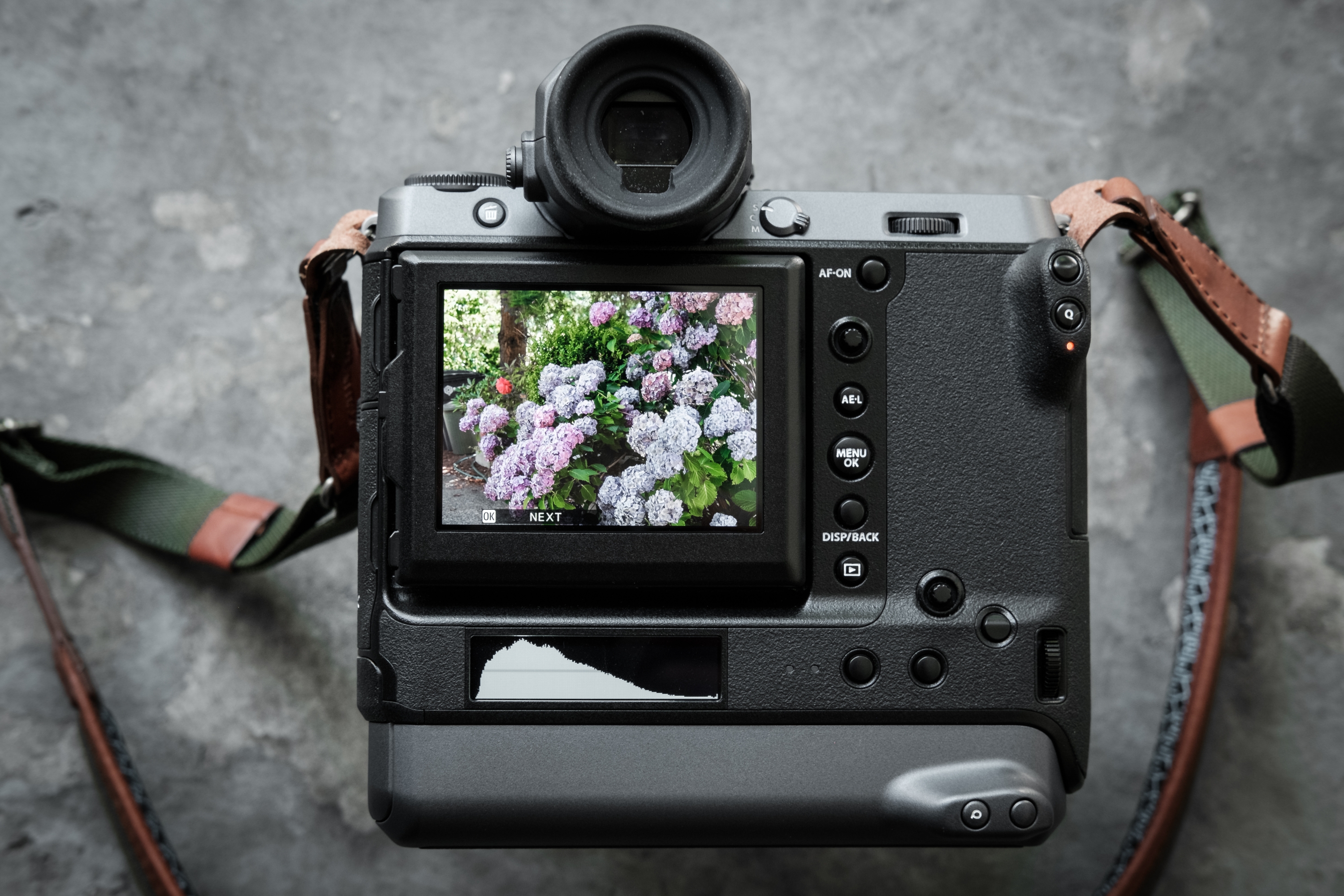
Rear Sub Monitor with histogram on the GFX 100 can be added to X Series battery grips in the near future
As I mentioned in the beginning of this article, all of us should still be excited about the existence of the GFX 100, even if most of us will never buy it. It is Fujifilm’s flagship camera of the GFX line – a world class digital medium format system. Looking at the competition before Fujifilm decided to enter this niche market, medium format cameras were overly expensive, slow and technologically behind. In under three years, Fujifilm has released three bodies, nine lenses and an entire eco-system of accessories.
More importantly, I feel that the GFX design and engineering team have more freedom to experiment versus the more established and competitive X Series camera system. For instance, before the GFX 50S, Fujifilm refused to put a touch screen on any of their pro cameras, considering it an amateur feature. After the GFX 50S came with a joystick, D-pad and a touch screen, the X-H1 and X-T3 also had all three features. The top sub-monitor on the GFX 50S was also new and it quickly found its way into the X-H1 a year later. Fujifilm also refused to put an articulating screen on any of the rangefinder styled X Series bodies, until the GFX 50R. My guess is the upcoming X-Pro3 will have an articulating screen.
There are other features on the GFX cameras that have yet to make its way into the X Series, but I hope to see them in the near future. For instance, having a chip in the batteries so we can see how old they are and when we need to replace them. Why not allow future battery grips to use the GFX batteries? How about a removable EVF, especially on the X-H series, great for videographers who may want to shrink the size of the camera to fit into a cage and attach an external monitor instead? On the GFX 100, I love the new rear sub-monitor. I can easily see this feature being added on future battery grips for the X-T and X-H series. How about a mini GFX 100 in the X Series, with a high resolution EVF, IBIS and built in battery-vertical grip? I look forward to seeing many of these GFX innovations finding their way into the X Series cameras.
In conclusion, the GFX 100 is an insanely capable camera. Perhaps it’s too much camera for the majority of us Fujifilm X Series shooters. However, just because it’s not for us doesn’t mean we shouldn’t be happy that it exists within the Fujifilm ecosystem. If you ever get a job that requires a digital medium format, it would be an easy transition for anyone who currently shoots with Fujifilm, since it has the same menu system, similar functions and ergonomics, the same film simulation profiles, etc.
In addition, there is so much innovation happening with Fujifilm in the realm of digital medium format. It was a relatively untapped genre of digital photography due to its previously high price of entry before Fujifilm decided to enter the market. Not only did Fujifilm help drop the price of digital medium format, but they started experimenting with features that they previously were unwilling to try on the X Series cameras. Fujifilm also learned how to build a larger camera with higher specs. Much of what they’ve learned can be applied downstream to the X Series in the very near future. Yes, I’m excited about the new GFX 100, not only because of it’s unique set of features and capabilities, but where it points to the future of Fujfilm technology and innovations. Thanks for reading and happy shooting.



